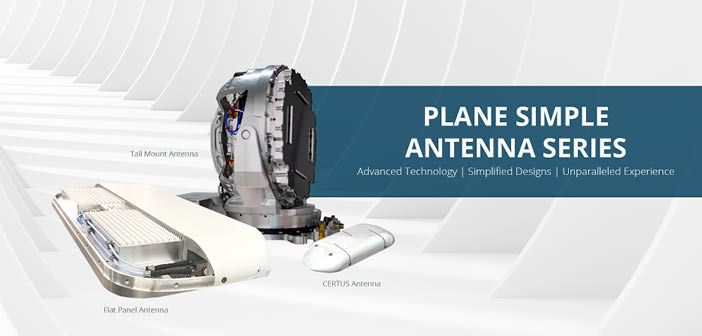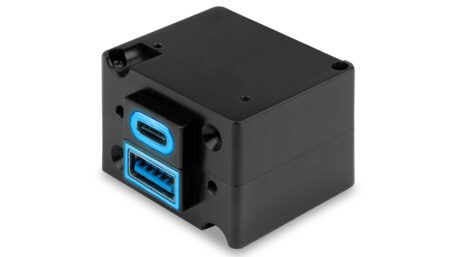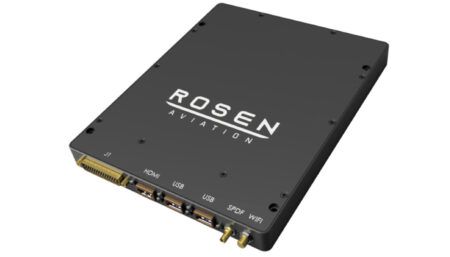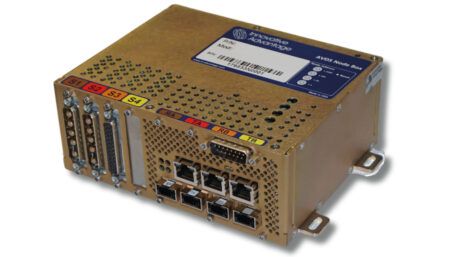SD has launched a new series of tail-mounted antennas, branded the SD Plane Simple portfolio. With this hardware launch, the company is positioning itself as a provider of end-to-end connectivity solutions for the operators of business jets and government aircraft.
The tail-mounted antenna system comes in two variants for operation in Ku- or Ka-band frequencies. The Ku-band variant is expected to be available for STC in early 2021, followed by the Ka-band version later in the year. The system features two line-replaceable units (LRUs) and a network-agnostic design, with a common form factor and wiring to simplify the installation and for compatibility with future technological developments.
SD has established partnerships with Inmarsat for Jet ConneX service delivery and Intelsat for FlexExec connectivity. In addition, SD says the antenna series gives the company greater insight into system performance, streamlining and enhancing its support process.
“Until now, customers may have had to contact two or three companies to integrate or troubleshoot the equipment and services needed for consistent connectivity,” said Jim Jensen, founder and CEO of SD. “Now with the Plane Simple antennas added to the SD portfolio, we can rapidly predict and respond to issues before or as they occur.”
SD says it is investing in antenna development to make secure, flexible and reliable solutions available to a wider segment of the business and government aviation communities than ever before. The tail-mounted antennas will support super-mid to large-size jets and are being developed in partnership with QEST Quantenelektronische Systeme, a Germany-based specialist in aeronautical antennas. SD is already partnered with QEST to develop an electronically steered, fuselage-mounted phased-array antenna. The low-profile, modular antenna is being designed to deliver high-speed connectivity via upcoming LEO constellations, when it comes to market in late 2022. SD is also developing the Plane Simple Certus terminal to enhance operational safety and provide access to consistent connectivity through the global Iridium Next constellation. This builds on the existing agreement that sees Comsat, an SD company, as the exclusive Iridium Certus service provider for the US Department of Defense.
“We are committed to delivering the best-in-class aircraft connectivity experiences, which augment operational efficiencies through the SD ecosystem of hardware, software, infrastructure and data synchronisation, all of which is supported by an award-winning customer care team,” said Jensen. “For the first time, operators will be able to choose the connectivity system that best meets their mission requirements and also positions their aircraft ahead of technological changes in the satellite sector.”





